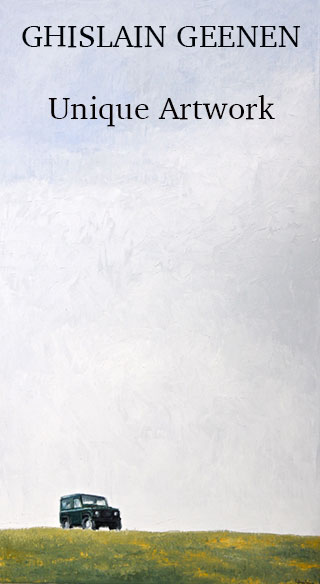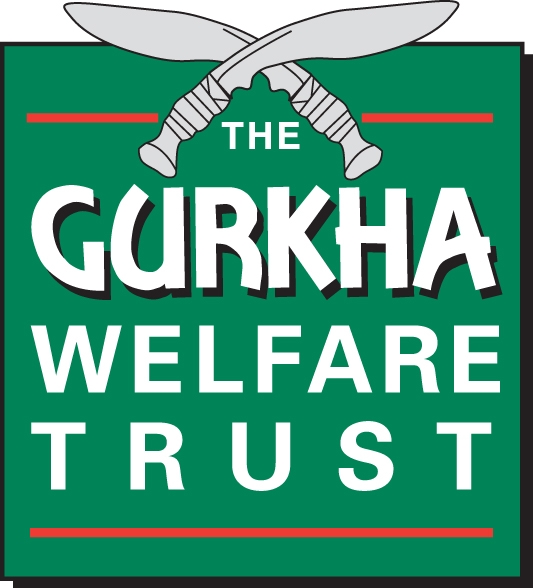The worst kept secret in the gun trade is out!
Iconic British gunmaker, Holland & Holland, long owned by Chanel, is in new hands. The entire company, including the shop in Bruton Street, the shooting ground at Ducks Hill and the factory is now part of Beretta Holdings.
The company started in 1835 as H.Holland, under founder Harris Holland, who joined forces with his nephew Henry Holland in 1876 to form Holland & Holland: the firm as we know it today.
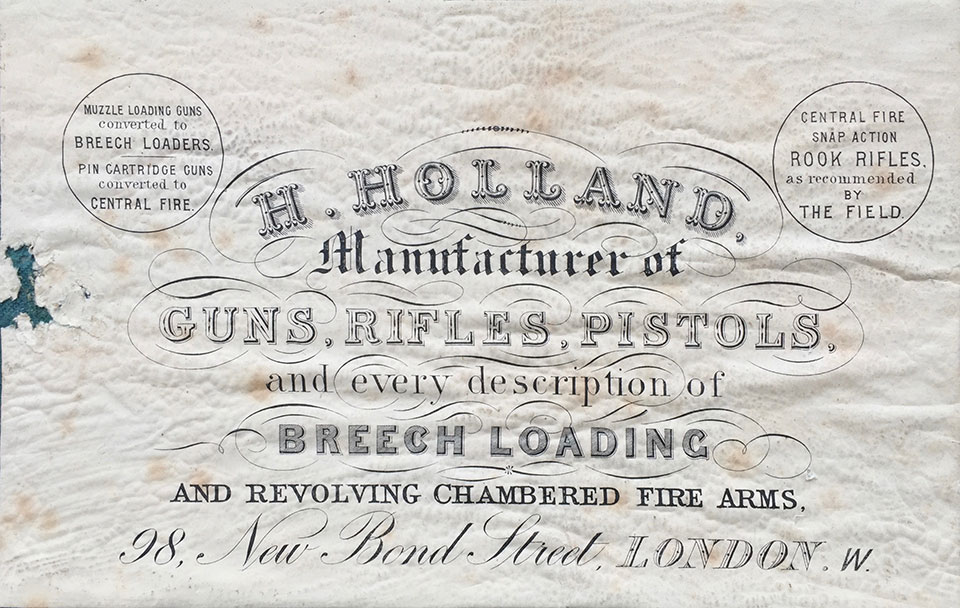
By 1880 Holland & Holland was among the best regarded gun makers in London, though they did not have their own factory until 1893, relying on gunmakers to the trade, like W&C Scott, to provide their wares until then. A decade earlier, Holland & Holland rifles won all the prizes at the 1883 ‘Field Trials’.
The company is best known for its ‘Royal’ model side-lock, which has long been both respected and copied by many other gunmakers. It is the perfect balance of simplicity, reliability and beauty packaged into game gun form.
Perhaps the most versatile rifle calibre now in use is the 1912 Holland & Holland .375 Magnum, belted, centre-fire cartridge, equally appropriate for taking red deer or elephant.
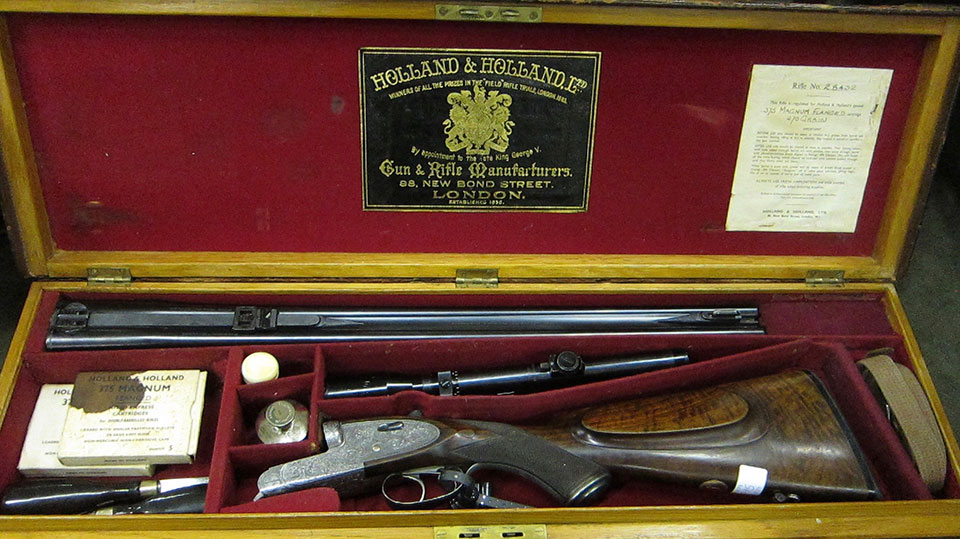
The company was long revered for its quality double rifles in big game calibres, which have served in the hands of film stars, famous hunters and at least one American president. Always innovators, the firm also pioneered the rifled-choke shotgun, known as the ‘Paradox’, which was also widely copied.
In the modern era, new models have been added to the range, including a more modestly priced side-by-side and two over & under models: the ‘Royal’ and the ‘Sporting’.
Chanel owned the company from 1989 until this week. During the Chanel era, despite huge financial investment, Holland & Holland, in the opinion of many in the Gun Trade, struggled with its identity. Was it a best gunmaker with a clothing line or a fashion brand with gun-making as its back-story?
The clothing collections veered from top quality country attire, to safari-themed high fashion, from season to season, and struggled to solidify a niche; seemingly too impractical and expensive for real sportsmen and competing in the high-fashion stakes with every other international brand on offer the length of nearby Bond Street.
A bespoke London gunmaker sells more than guns. At least fifty percent of the purchase price is accounted for by the pleasure of ordering and being involved in the process of building a unique product, exactly to the tastes and measurements of the buyer.
It has been said that recent production has, due to slack orders, been dominated by rifles and guns built for stock. This is not the business of a best gun-maker. Off-the shelf guns cannot command the prices or elicit the excitement due to a bespoke build. The current state of orders is indicative of the problems facing a great company that has somewhat lost its way.
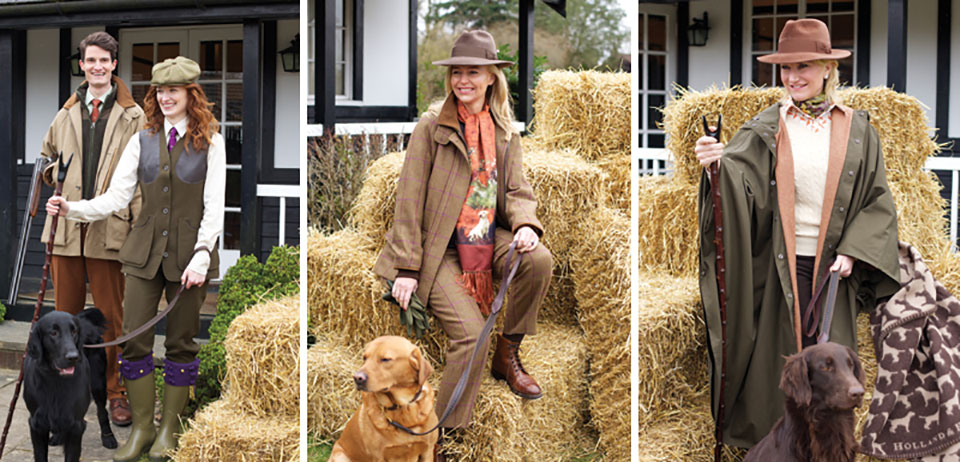
Rumours of a sale have been long-standing and Beretta’s interest was well-known. Several times during the past year, false confirmation has been whispered, with a sale due to be announced ‘imminently’.
Well, now it is official. So, what next for Holland & Holland? The internet forums have been awash with spurious assertions by every man and his dog that we shall soon see Beretta Silver Pigeons badged as Holland & Hollands, that guns will be made in Turkey, that everything will go over to machine manufacture. All of that can be confidently ignored as so much guff.
Beretta is a hugely successful gunmaker with a pedigree in the business which is second to none. Why have they bought Holland & Holland? Certainly not to engage in shoddy badge-engineering. They have bought a premium British brand so they can compete at the top of the market, where quality and brand value are symbiotic.
A Beretta SO10 is a Volkswagen Phaeton. The Phaeton was clever, beautifully built and very expensive. But it wasn’t a Bentley, so nobody bought one. To get a foothold in the luxury car market, the Volkswagen Audi Group (VAG) bought Bentley. They lent Bentley their production knowledge, financial muscle, ability to plan long-term and invest where necessary. Bentley got a new lease of life, the Crewe factory went into full production and now VW has a brand people will pay £150,000 to drive.
they left the ‘Gun Guys’ to do what they do best.
I see this in the future at Holland & Holland. We only need to look at Rigby to see a successful model. L&O bought Rigby, installed a fresh, young, ambitious team of gun people, not accountants or marketing managers. They gave the new team sufficient freedom to take risks and steer the company according to their vision. L&O provided the factory back-up, the ability to finance new projects, the financial muscle to buy what was needed in quantity. They also provided a sound accounting structure and accountability. Then, they left the ‘Gun Guys’ to do what they do best.
Rigby is a lean operation. It has only grown staff numbers as it has grown in output and profitability. The size of the premises has likewise grown incrementally. Today, Rigby out-sells everybody in London.
Westley Richards is similarly lean and mean, with all the fat cut away, leaving only a physically beautiful and efficient, well-muscled physique of a company, which everyone can appreciate.
If you want Westley Richards to build you a gun, you don’t wrestle with indifferent salesmen, you talk to Trigger, the M.D, and he’ll tune-in to what you aspire to own and he’ll tell you if he can do it, how he can do it, when he can do it and advise you how to do it best.
You are involved from the first minute and the excitement of instigating a new-build at Westley Richards is maintained throughout the process. No wonder their order books run nearly five years ahead of production.
The key to the success of both these businesses is that they are run by gunmakers for gun aficionados and the company understands the client. It isn’t rocket science, it is based on good products, good customer relationships and building value into the brand; not with clever brand enhancement campaigns but by hard work and personal relationship forging. In the old days, you could ask a chap, “Who is your gunmaker?” Because every shooting man had a one-to-one relationship with the man behind the counter.
Holland & Holland needs to remember that it is, first and foremost, a gunmaker. Is it time to downsize the showroom, focus on the product, the customer service and make the client feel part of the process? I think it is. Key to that will be the man they install behind the counter and what they let him do.
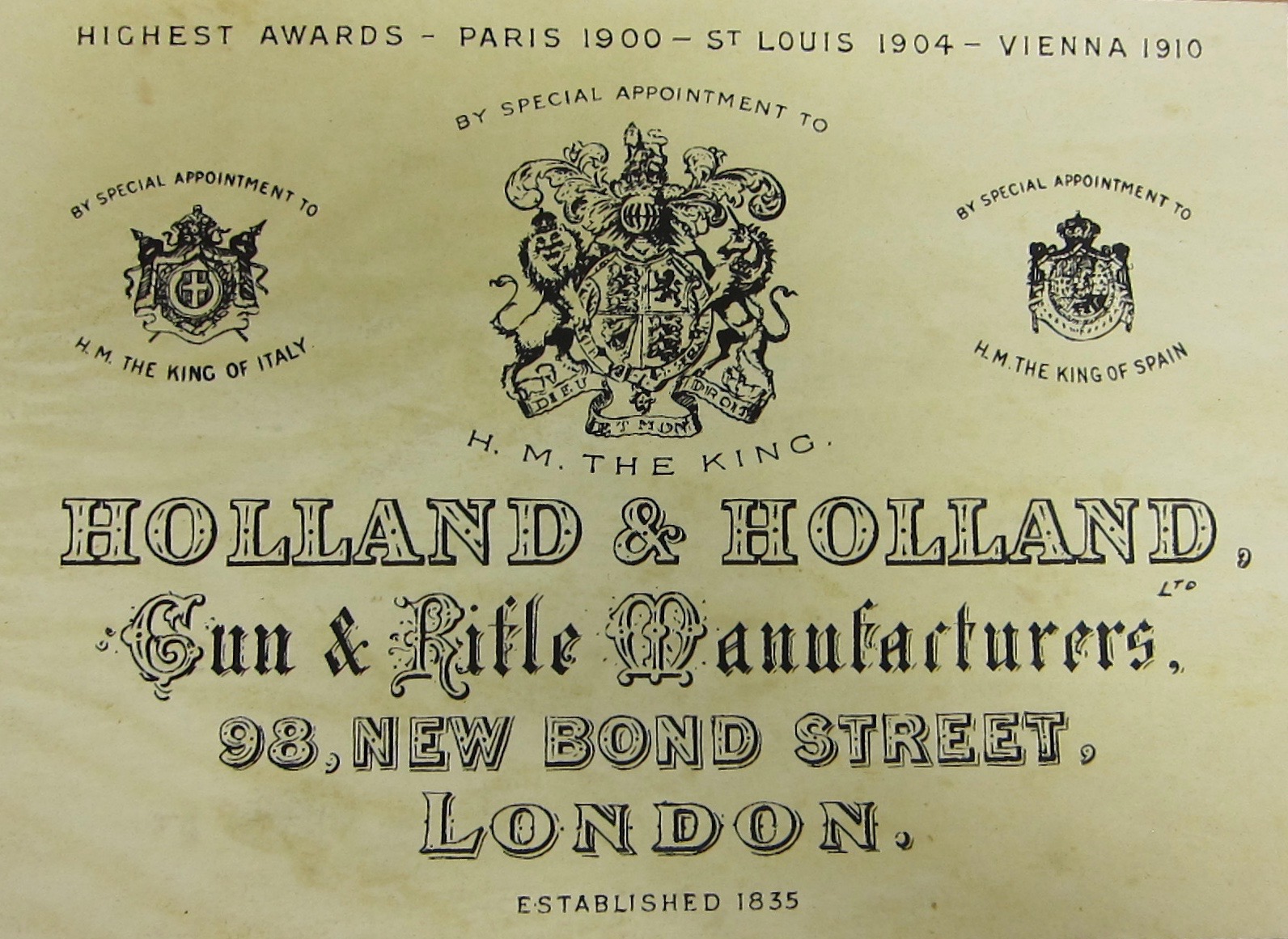
Published by Vintage Guns Ltd on (modified )
